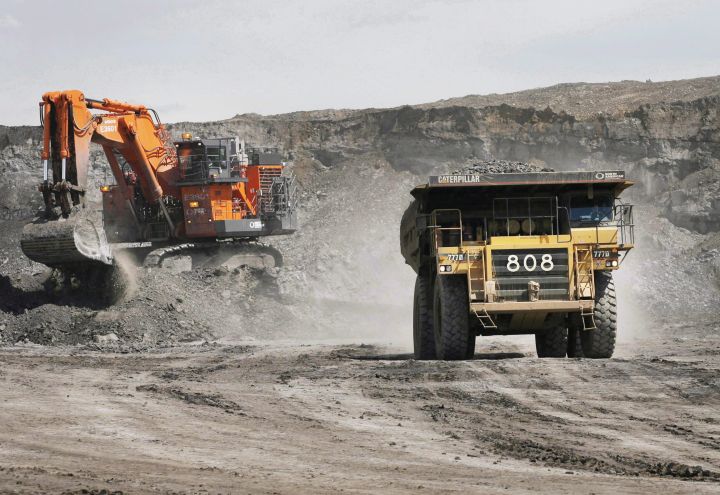Seven environmental and Indigenous groups have asked the Alberta government to restart oilpatch monitoring as soon as possible given that other activities are coming out of the COVID-19 shutdown.

In a letter delivered to the Energy and Environment departments Wednesday, the signatories also urge the government to make public its decision-making criteria for when that work will begin again.
“Restore the requirements or be transparent about what decision-making criteria you’re going to use.”
READ MORE: Alberta Energy Regulator suspends monitoring requirements across oil and gas industry
Last month, the province’s energy regulator suspended a wide array of environmental monitoring requirements in the entire oilpatch that were originally imposed as licence conditions. The regulator said the decisions were made to protect workers and communities during the COVID-19 pandemic.
Companies no longer have to monitor fumes released by burning, or look for and repair leaks of methane, a potent greenhouse gas. Surface water need no longer be tested, unless it escapes into the environment.
Most soil and groundwater monitoring is gone. In-situ oilsands operations no longer have to conduct any wildlife monitoring or research. Reclamation and wetland monitoring is also suspended.
Although some operations must resume Sept. 30, most suspensions have no end date.
Severson-Baker said that as the province releases guidelines on how businesses can safely reopen, it should do the same for environmental monitoring.
“They haven’t articulated a plan,” Severson-Baker said.
He said signatories anticipate being able to comment on it before it’s implemented.
Jess Sinclair, a spokeswoman with Alberta Environment, said in an email that requests to defer monitoring will be considered by experts with the department and the regulator, and any temporary deferrals will be considered for low-risk monitoring.
“We continue to monitor the COVID-19 situation and these short-term relief measures. Work is underway to determine when exemptions will be lifted.”
READ MORE: Notley says Kenney should reverse AER decision to suspend environmental monitoring of oil industry
Severson-Baker said delaying monitoring longer than necessary will have an economic as well as environmental cost.
In addition to concerns it would create among investors, he said, it would keep small consulting firms that do monitoring work from completing contracts out in the field. Other businesses are already opening, he noted.
The letter was signed by the Pembina Institute, the Mikisew Cree First Nation, the Fort Chipewyan Metis, the Smith’s Landing First Nation, the Canadian Parks and Wilderness Society, the Alberta Wilderness Association and the Environmental Law Centre.
Watch below: Some Global News videos about environmental monitoring related to Alberta’s oil and gas sector.






Comments